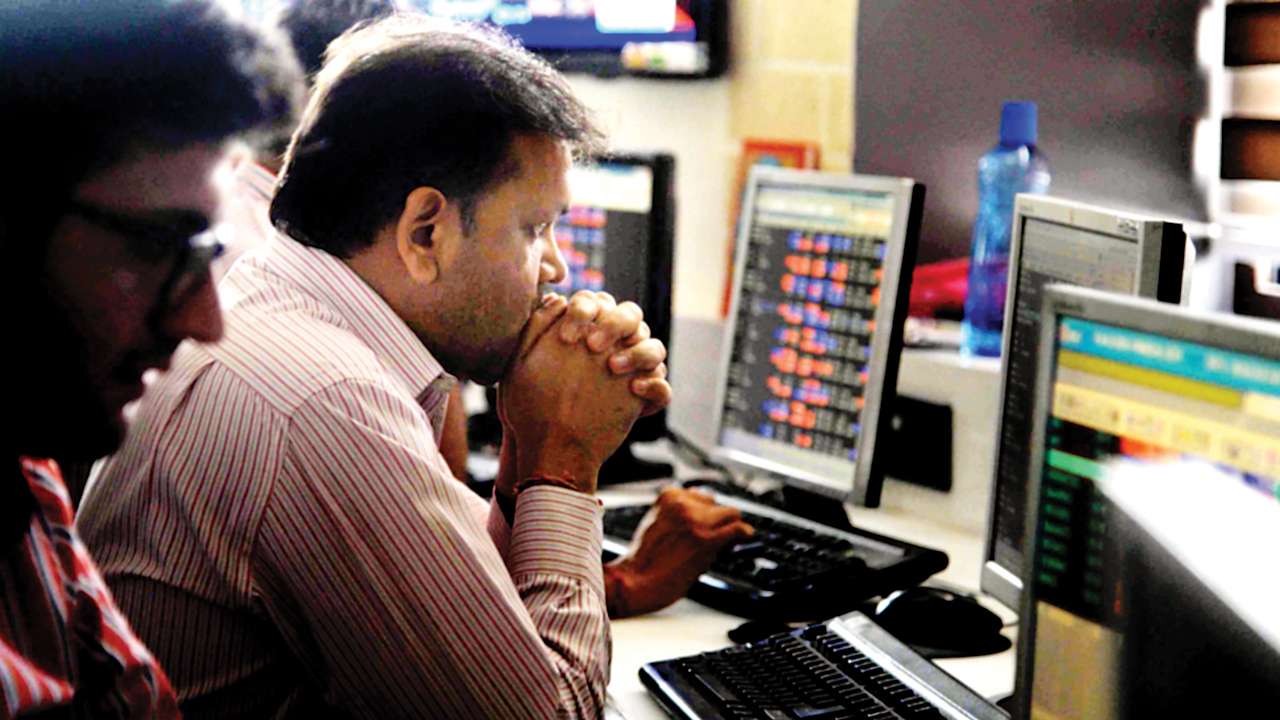Indian brands embrace influencer marketing in 2022

Indian brands embrace influencer marketing in 2022
Leading and specialized content producers are used in influencer marketing to raise brand recognition, boost traffic, and deliver messages to a business’s target demographic. Businesses may target the audience they want to reach by extending their reach across numerous buyer personas thanks to this partnership between brands and creators. Given that there are already over 2 million content producers working in India across a variety of industries, companies have a sizable creator economy at their disposal to tell their narrative.
Influencer marketing and brands
In recent years, the majority of companies in India have established some social media connection to the creative economy. Brands benefit from increased conversion touchpoints, consumer retention, brand loyalty, and awareness-building for newly launched products. Influencer marketing using nano, micro, and mid-tier influencers is not only an economical means of reaching and engaging audiences, but it is also a valuable tool for creating a sizable content archive that may be utilized in the future.
Native advertising on social media is a very successful type of content marketing that is created by influencers. According to a recent survey, 49% of customers on social media rely on influencer recommendations to make judgments about what to buy, making it a very appealing environment for companies. To further promote the most excellent influencer-generated content to their target audience, brands are even contributing media budgets.
Growth and statistics of the industry

By 2025, when it would be valued at Rs 2,200 crore, the Indian influencer market is anticipated to develop at a compound annual growth rate of 25 per cent.
This surge may be attributed to the rising popularity of short video formats on platforms like Facebook, YouTube, and other short-format video outlets that have fueled social media consumption, as well as the optimization of data collection, which marketers use for social media marketing. Over 448 million people use social media regularly in India, where they typically spend 2 hours and 25 minutes doing so.
Influencer marketing, which was once thought to be a fad, has fast evolved into an essential tool in a brand’s marketing toolkit. Influencer marketing is currently recognized as a crucial advertising strategy since it has been employed in 93 per cent of marketing initiatives.
Consumer perception and influencer marketing
Because they relate to influencers personally and are more likely to act upon their advice and buy the goods they are promoting, people appear to trust what they are told by them. It may be challenging to use social media without running across influencer-endorsed marketing. Influencers are highly valued in this new era of democratic media consumption, where people decide who and what they trust.
In reality, just 27% of influencer marketing budgets were spent on celebrities. Because of their intense relatability and audience trust levels, the remaining 73 per cent were made up of nano, micro, and mid-tier influencers.
In 2022, influencer marketing will advance to version 3.0.

Influencers no longer consist solely of someone with a sizable fan base. Beyond only creating content, their business has grown, and they are now developing their own brand.
One thing is evident as the globe reaches the ambiguous year 2022: our lives will become more and more computerized. India’s digital advertising business is anticipated to expand by almost ten times over the next ten years as a result of a rise in digital spending. In this, “influencer marketing,” which still dominates internet marketing strategies, would be crucial. Even if we may reside in the metaverse, we nevertheless base our financial decisions on the actual influences whose lives we watch.
The secret to the remarkable success that marketers are chasing is found in the material that influencers provide. In 2021, influencers’ influence and reach will expand. According to Facebook, spending on influencer marketing is expected to reach $13.8 billion in 2021 as firms attempt to connect with customers through influencers.
Facebook conducted 12 studies across five verticals in the Asia-Pacific region, and the results showed that combining branded content ads with regular campaigns increased click-through rates by 40%, the likelihood that users would view more content, and the likelihood that users would convert to purchases by 80% (4X lift on conversions, on average).
More than 400 million Indians had access to social media prior to the epidemic, according to a GroupM and Exchange4media Group analysis of the country’s influencer marketing market. There has been a dramatic shift in customer behaviour, and this number has risen.
Seventy per cent of the influencer marketing volume is contributed by the top 4 categories, which are personal care (25 per cent), food and beverage (20 per cent), fashion and jewellery (15 per cent), and mobile and electronics (10 per cent). Celebrities make up 27% of the market, influencers make up 73%, and nearly two-thirds of Indians follow an influencer.
How do you locate the ideal influencers?

For companies desiring to communicate directly with consumers, this is sufficient justification. Influencers are no longer a uniform collection of people with a sizable fan following. According to a recent study, big-ticket accounts are not even close to matching the engagement levels of micro-influencers, who number fewer than 25,000. They are viewed as more accurate and trusted by their fans. Playing and maintaining the digital game is challenging.
An estimated 210 million people in India use the internet to access material written in local languages, according to management consultancy firm Redseer. Brands are thus putting more of an emphasis on collaborating with local influencers who can reach the target audience more successfully.
According to traditional definitions, an influencer is a person who establishes a name for themselves in a community and uses that reputation to influence others’ choices of products or types of information to consume. Anyone may become an influencer if they have a sizable social media following on platforms like Instagram or YouTube, a devoted and passionate fan base, and a talent for creating quality content.
Influencer marketing growth pivots may be roughly divided into three stages. In the initial stage, social media was used to highlight talent in a variety of fields, such as creative ability or in-depth subject knowledge. Many people who wished to test and improve their skills quickly and cheaply used this as a testing ground. The next stage saw businesses begin to keep tabs on how these people may really “affect” their fan base or following. This resulted in the platforms being made profitable as companies started to see this as a way to capitalize by displaying their goods or entering into sponsored relationships.
3.0 Influencers

It appears as though the hunted is becoming the hunter. Some influencers have begun to develop their own businesses outside of their endorsement deals after realizing that they could profit more from their own notoriety by selling their own products. This has allowed them to create a reliable and ongoing stream of revenue.
These recently established “influencer-owned” businesses sell anything from apparel and accessories to online courses and seminars in their field of expertise. These business influencers have developed their own brand equity and capitalize on it through their portfolio of goods and services. This strategy makes it easier for them to connect with their community in a distinctive way, especially in light of the fact that consumers are often drawn to goods that make them feel special. By becoming a point of distinction for their fans, these items expand their reach through word-of-mouth marketing for both their content and their goods.
The last-mile delivery service is now a lot simpler and cheaper, thanks to the supply chain network’s solid architecture. In essence, this enables small enterprises to serve a larger market without having to worry about or invest in logistics.
Examples of these influencer-entrepreneurs abound. Madhura began Madhura Recipes by Madhura as an Instagram page and a YouTube channel where she would demonstrate cooking techniques in her videos. She has established her own spice blends that she sells on her Instagram page and on Amazon. She has more than 350k followers on Instagram and over 5 million subscribers on YouTube.
This tendency is being used even by micro-influencers. Instagram model Neha Sood has more than 25k followers. She also runs the fashion line “Your Mine Story,” which she mainly sells on Instagram. Vaibhav Sisinity, a growth hacker with more than three million LinkedIn followers, runs Growth School, an online resource for aspiring digital marketers and others interested in learning about brand creation. And this is not only limited to social media stars; several well-known celebrities have also adopted this method, like actor Paras Tomar’s ayurvedic cosmetic company Nushke by Paras and Katrina Kaif’s Kay beauty, to mention a few.
It is standard practice even to construct service networks using these channels. A marketing fanatic and the creator of Mad Over Marketing, Siddhant More currently runs a consultancy and attends online workshops and courses on increasing market penetration. As the fastest-growing FMCG brand in India, Patanjali was launched by Baba Ramdev using his own brand as a marketing tool.
Success as an influencer can be fleeting, and its life cycle might be unpredictable. However, trust and the ongoing production of quality content are the two most essential components of influencer reputation. They take advantage of the situation and work really hard, producing material nonstop while remaining timely and pertinent until someone more exciting appears.
Indian Future developments in influencer marketing

Numerous changes will arise in the upcoming year for both seasoned and aspiring influencers and content creators. Long-term cooperation is the most important. More and more companies are discovering that influencer marketing offers a fantastic return on investment. As a result, they are using influencer marketing more frequently, especially long-term alliances. They may create champions through long-term collaborations, which raises audience trust. Additionally, the regionalization of content will become more popular in the next few years.
Influencer marketing will not just continue to develop in India. It is already here. The usage of influencers by businesses in some industries is incredibly fruitful. Personal care (25 per cent), food and drink (20 per cent), fashion and jewellery (15 per cent), mobile and electronics (10 per cent), and mobile and electronics are the top 4 categories contributing to influencer marketing volume, according to INCA’s “The Indian Influencer Marketing Report.” These four categories account for 70 per cent of the total influencer marketing volume.
Influencer marketing in India has a very bright future with plenty of potential for businesses to innovate and join in the fun, thanks to a thriving start-up environment and more prominent brands that are also trying to reach their target audience.




